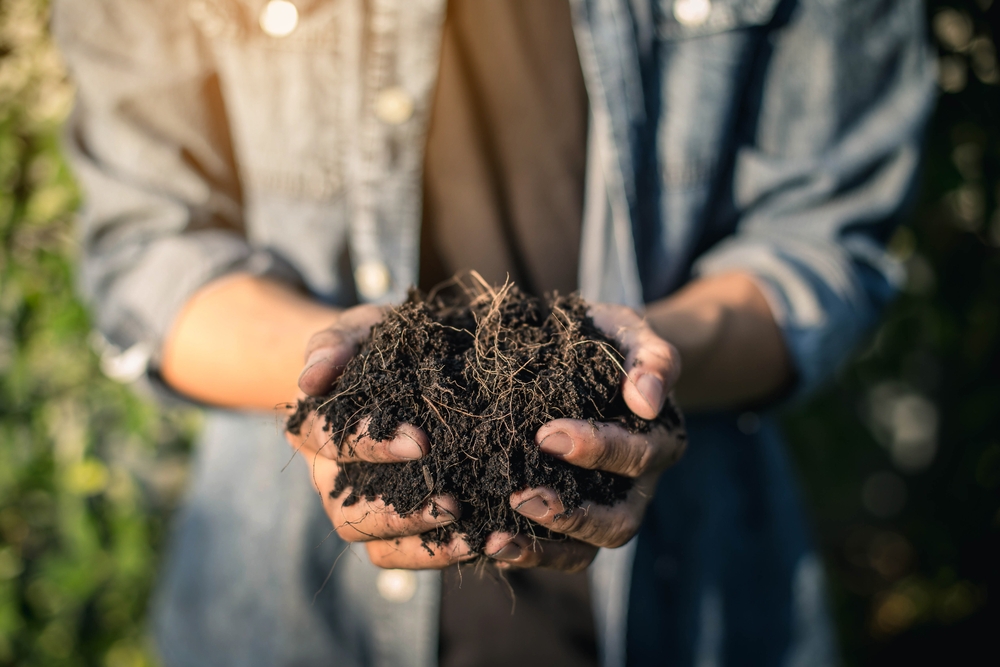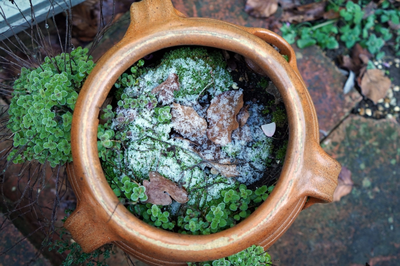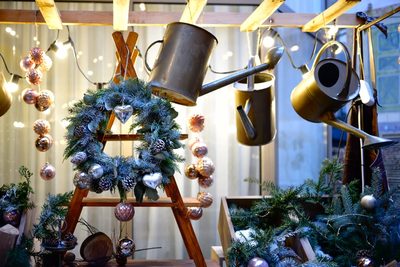
We're reducing the amount of peat we use
Peat is partially decomposed plant matter. It is found in wetland areas and as such peat bogs provide unique habitats, and there is no question that these should be protected.
Peat bogs are also a carbon sink. When peat is dug up and used the carbon released contributes to the greenhouse effect and global warming. Peat bogs are so important that very little peat is extracted in the UK and Ireland. Nearly all peat is now imported from Eastern Europe which has just moved the problem elsewhere.
Why do we use peat?
Peat is used because it is a great growing medium and is perfect for making the bulk of any compost. It is completely inert, containing no nutrients so things can be added to it to create different types of compost. It retains water well but is also free draining.
Why don’t they just stop using peat to make compost?
The problem is there hasn’t really been anything as good as peat developed yet. There are a number of alternatives out there, but they all have their drawbacks…
• Green Waste is the stuff that comes from recycled plant matter. Its what we take to the tip, composted down and used in compost. The good thing is there is ample supply of this product. The problem is it is inconsistent in content and there is no real way of knowing what is going into it. It was the primary source of peat substitute in the 1990s and there were all sorts of problems with chemicals, weed killers and other contaminants appearing in the compost. The processing of green waste has moved on but there can still be problems and these might not be known until customers have them in their containers by which time it is too late.
• Coir is another substitute that is commonly used. These are the husks from coconut shells. It is an inert substance but does have problems with waterlogging if not processed correctly. The main drawback with coir is that it only comes from India and Sri Lanka so has to be shipped in large quantities across the world therefore increasing the carbon footprint further.
• Wood fibre is probably the most sophisticated peat substitute. This is what is used in our own brand, Bulrush and Westland compost under various trade names (Forest Gold, Bio 3+). They take spruce wood and blow air into it to make it fluffy. They then add nutrients into this wood to compensate from nitrogen loss when it breaks down. This does the job well, but the wood is a commodity that is in competition with many other uses, including pellets for biomass boilers that is pushing the price up and large demand risking supply.
In reality the manufacturers are mixing in other products such a bark to bulk up and create a good consistency however it is all a lot more complicated and a longer process than just digging peat out of the ground hence the supply problems we have encountered in a high demand year such as this one.
Why don’t you just stop selling peat-based compost?
There simply isn’t enough peat free compost to supply demand. In my opinion the compost manufacturers are way behind where they should be. The peat debate has been rumbling on for years now and I personally think that the industry should be further on in terms of peat free tech than where we are. However, we are where we are, and we can only buy what the manufacturers have available to sell us. We sell a peat free alternative for pretty much any use of traditional compost and we aim to do this as closely as possible in price so that cost isn’t an issue for the consumer.
Had we chosen to be 100% peat free on the retail side this year we simply wouldn’t have any compost to sell by now. Demand has been such that we have had severe restrictions placed on us by manufacturers. Melcourt cancelled our orders and ceased production of their multipurpose compost and Westland limited New Horizon multipurpose to 2 pallets per order.
I also believe that there needs to be a changeover period where customers are educated on the reasons why peat free compost is necessary and how to use it. The green waste used in peat free compost in the 90s caused a loss of confidence in the product. Also, we all need to learn how to use peat free compost in the right way. It can have quite different properties to traditional compost particularly in terms of watering. There is nothing wrong with it, we just need to help people use it in the correct way however if they get disappointing results they are likely to just head elsewhere to get the peat based compost they know how to use and get good results with.
Why isn’t Groves own brand peat free?
We are working towards it. It is already reduced peat (the white fluffy stuff in our compost is the wood peat substitute) but its not 100% peat free. The appearance of the peat free version of our compost can be a bit off putting. It is quite white and fluffy, so we wanted to test it out on some volunteers. We gave some bags to Bridport Gardening Club who gave it to their members to try out. They trial went well so we are looking at making this peat free later in the year when the demand for peat substitute falls and manufacture becomes possible.
What do you use on your nurseries?
The good news is that our nursery is now fully peat free. Everything we grow ourselves is grown in peat free compost from Melcourt. We have managed to achieve this without and significant rises in price. Melcourt switched a large part of their production away from retail (hence no Melcourt multipurpose) to commercial production. This is much easier to supply as it is done on large dumpy bags so no need for individual bagging. So we have been able to get our various mixes switched to peat free compost fairly successfully.






